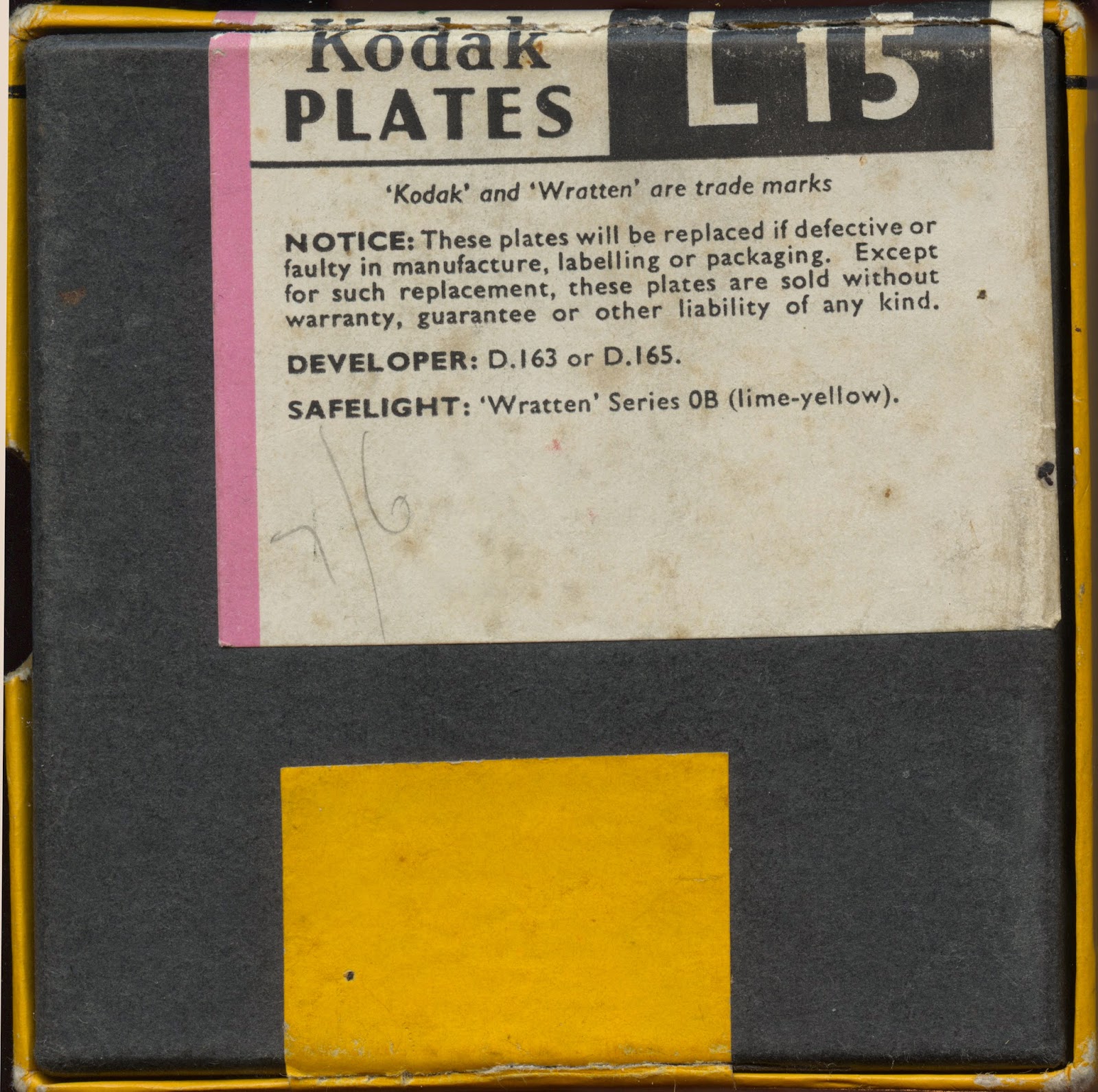Ocean City Prints

Last month I visited my son in New Jersey. We took a day to visit Ocean City a family friendly beach town with a boardwalk. I took along my Yashica MAT124G and shot some black and white photos. I printed 3 of them and they are here. First was a dead horseshoe crab we found on the sand. I ran test strips for the #00 and #5 filter for split contrast printing. f11 #5 filter f11 #00 filter So I picked #5 at 16 seconds and #00 at 8 seconds for the first print. Horseshoe Crab f11 #5 16 sec #00 8 sec I also tried the following. Horseshoe Crab f11 #5 16 sec #00 16 sec Horseshoe Crab f11 #5 20 sec #00 8 sec Next was a picture of the fisherman's pier. Pier Test Strip f16 #00 Pier Test Strip f16 #5 Pier f16 #5 16 sec #00 8 sec Pier f16 #5 16 sec #00 16 sec Pier f16 #5 20 sec #00 8 sec And finally my son on the boardwalk. Boardwalk Test Strip f16 #00 Boardwalk Test Strip f16...


